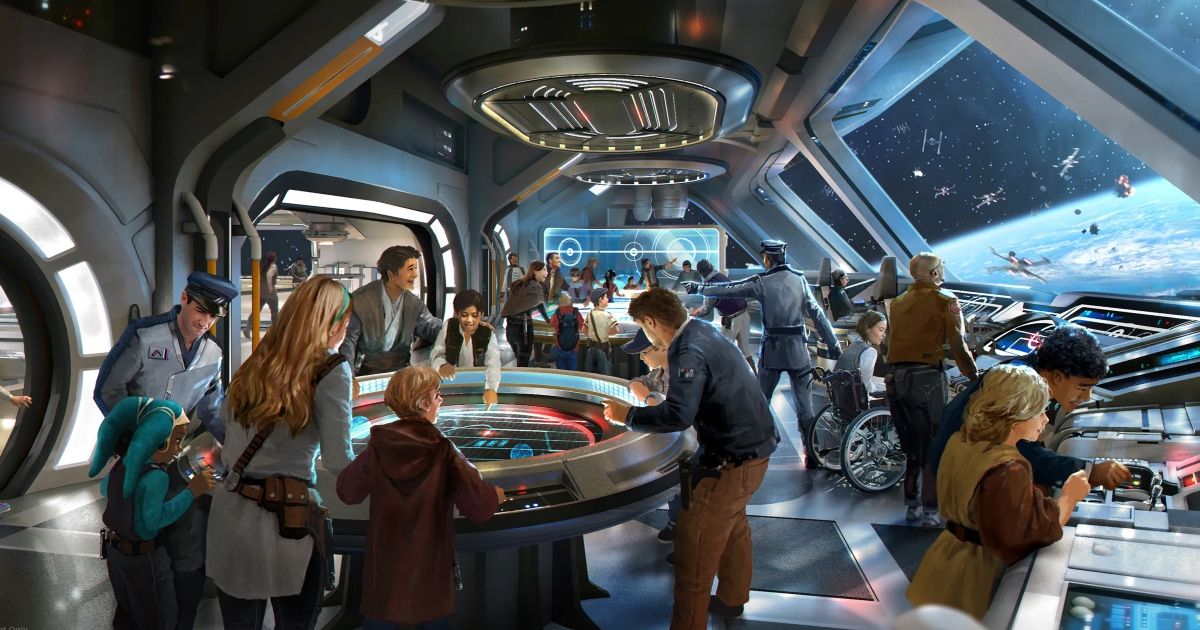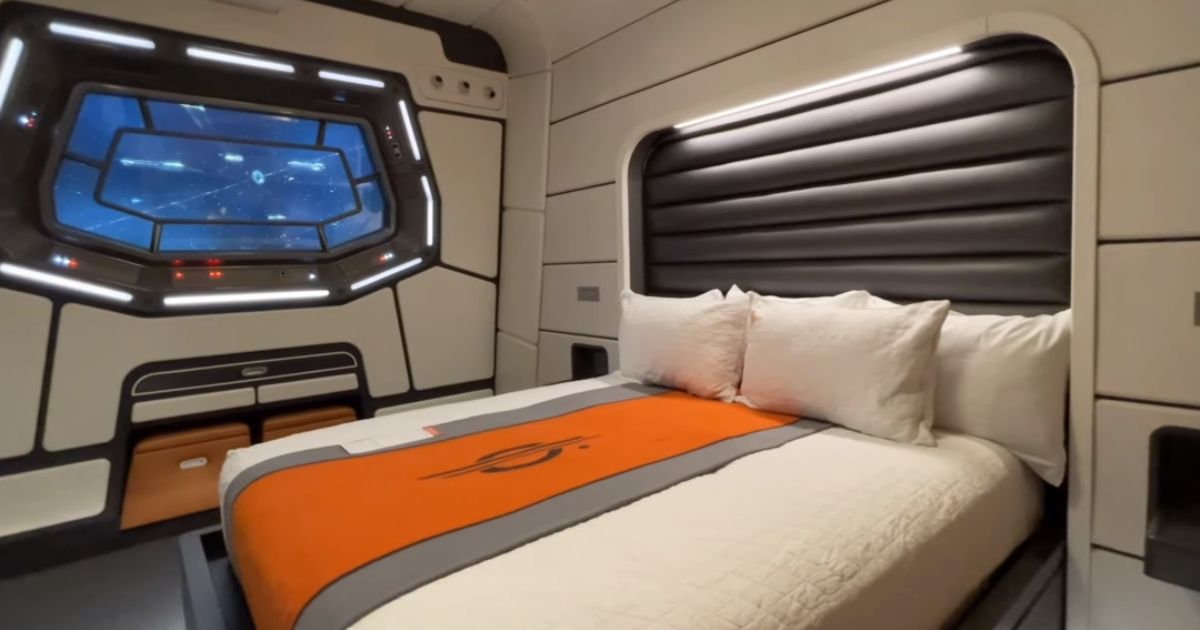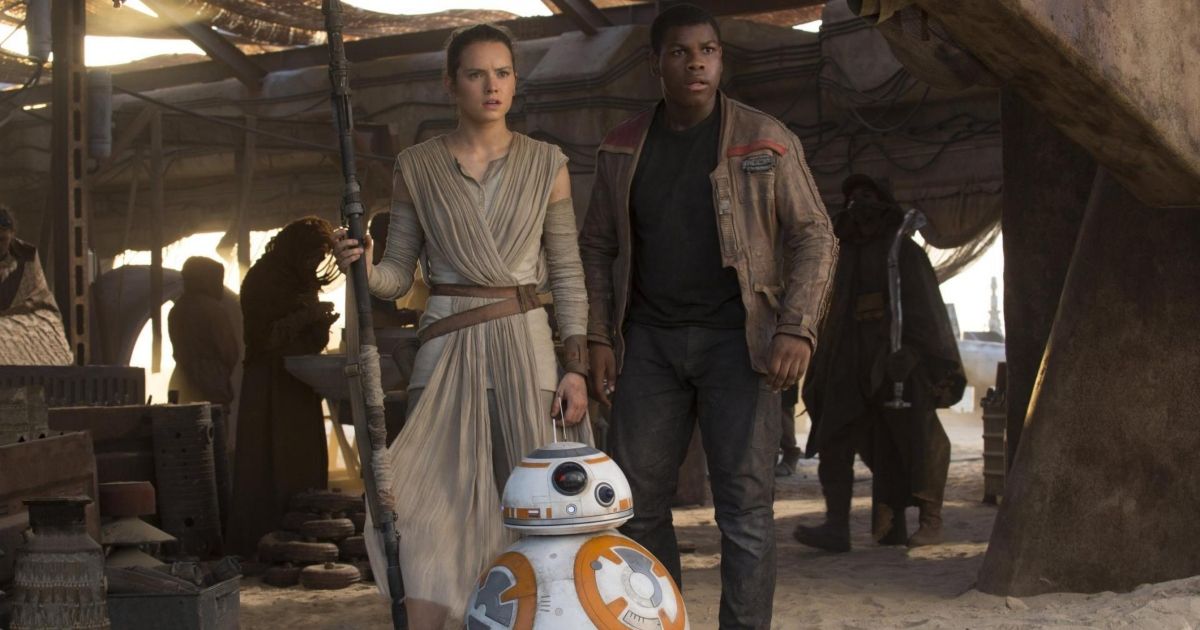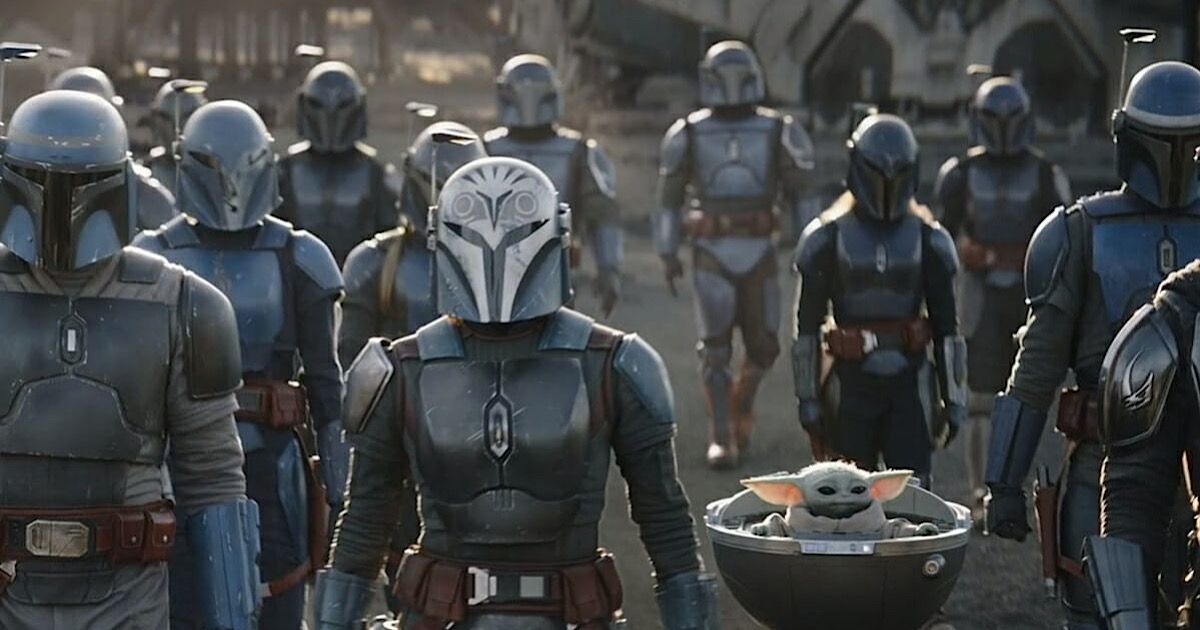How did we get to the point that any sane executive thought it was worth risking hundreds of millions on a fan-experience that cost $5,000 dollars for two nights (minimum) in a warehouse? This is brand-management 2023 style.
Opening up to visitors in 2022 on the Disney World premises in Florida, the Star Wars: Galactic Starcruiser hotel was met immediately with ridicule and laughter from fans. What was supposed to be the ultimate luxury, fan experience proved to be a masterclass in how not to run a business. A year later, the naysayers were right, the hotel announcing it was closing its airlock one last time September 30, according to its website.
If Kathleen Kennedy’s seat wasn't hot before, there’s a risk of second-degree burns after the Star Wars resort fell short of customer expectations, because the Star Wars identity and long-term strategy appears increasingly adrift. And as Star Wars goes, so does parent company Disney, as they watch their revenue-driving properties dwindle down to one or two franchises.
What is the most impressive Disney film in recent memory? The Avatar sequel, a third film to follow. Unless there’s a fourth, fifth, and sixth sequel percolating in James Cameron's head, Disney is in trouble for the near future, because they can’t rely on Spider-Man reboots every ten years. Marvel is already facing diminishing returns as MCU Phase Four falters, putting in “preventive measure[s] to ensure quality control” (via The Cosmic Circus).
The warning signs were everywhere, drowned out by the hubris of Disney management.
Franchise Exhaustion?
To fully assess this blunder, it’s essential to break down the Galactic Starcruiser experience down to its barest form. In what is one of the most appealing destinations in the world, Florida, Disney gambled that average people would plunk down upwards of ten to fifteen grand to stay sealed off in a building with no natural sunlight, watching amateur actors stage mock battles in a slickly marketed dinner theater.
Yelp reviewers gave it good marks, yet the fact that there are only 15 reviews as of writing, is quite telling. Hell, even your local mom-and-pop store has more reviews than that. Sure, there are some diehard Star Wars fans so invested in the world to try it out, but as the closure shows, not many that wanted to return. And in the hospitality sector, the only guests that matter are repeat visitors, retaining customers where the money is at.
Rooms looked as cramped as a those on an actual cruise ship, taking advantage of none of the natural landscapes that either Florida or California — Disney resort locales — offer. Just think of the possibilities of allowing fans to visit an Ewok village on Endor, get drunk in the Mos Eisely Cantina in the Tatooine desert, etc. Orlando is literally reclaimed swamp, how do you not place Yoda’s hut in Dagobah there? All this, yet another sign that Disney continues to suffer from a paralyzing lack of imagination, opting again and again for the quickest, laziest, most out-of touch solutions.
The price was undoubtedly the main stumbling block, but Kathleen Kennedy’s desire that it focus solely on the new trilogy exclusively didn’t help. A chronological choice that will look especially poor when we delve into the financial details.
Toys Don’t Lie
On the heels of the new Star Wars trilogy, one fact became painfully obvious: the merch sales were disappointing. Despite claims that the old movies can’t be monetized, journalists in the same breath admit that hardcore fans aren't (financially) invested in the new trilogy, you know, the ones over 30 who are paying 10,000. While any other business could dismiss something so apparently trifling as toys, Disney cannot. They are dependent on selling branded stuff to the masses. Judging by toy sales, per Forbes magazine, toys aren’t just collateral damage to an unpopular movie, but perhaps the ideal barometer to measure fan reception.
The results are not pretty: shelves are full of toys that nobody wants. The drop in demand for Star Wars action figure and related collectibles plummeted precisely as the total gross for each film shriveled. Available worldwide box office numbers indicate a precipitous loss of fan interest between 2015’s The Force Awakens and 2019’s The Rise of Skywalker, revenues falling by half by trilogy’s finale.
Only with Disney and Star Wars could anyone consider a billion-dollar take disappointing, but the IP has shown it is rapidly losing traction, and those on the front line of the merchandising side of affairs are all too cognizant of the slide. “The overall demand for busts and SW products is not what it was 10 or even 5 years ago,” a toy company president revealed in 2020 to Star Wars fan site Rebelscum.com. “We just, as yet, have not seen enough fans that would want to buy a bust have that personal affection for some of those new characters that makes sense to justify going to production.” You don’t need to be a grizzled Jedi master to sense the disturbance in the sales.
A Company in Disarray
At the worst possible time for the company, the overall health of the parent company is also slumping. Streaming continues to lose viewers in a protracted bleed out, losing 4 million subscribers worldwide over the last fiscal quarter, despite upping the cost of the ad-free option of Disney+. And if the reporting in foreign markets is credible, viewers are more concerned with Cricket than any of Disney’s new offerings. Not far from the now-defunct Starcruiser in Orlando was the site of a scrapped resort site in Lake Nona. Whether that move is purely politics or a matter of cost-reduction is not clear. The once untouchable Mandalorian now teeters on the edge of a credibility crisis as fans grow tired of the show's increasing silliness.
In 2022, Kennedy told Vanity Fair, “We put the basic guardrails around what makes something Star Wars, those fundamental values inherent in Star Wars, that sense of place, the deeper meanings around selflessness, selfishness, and the mythology that George created.” Fans would beg to differ, taking umbrage with how the modern Disney trilogy dispensed with Luke Skywalker and generally treated the established lore, retconning the end of the Return of the Jedi to set up The Rise of Skywalker, arguably destroying Darth Vader’s arc. Mark Hamill, to no one’s surprise, showed his displeasure of how his character’s arc was subverted and preferring Colin Trevorrow's vision. Kennedy's control is limited to Lucasfilm and the associated properties, but Disney's reins are held by Bob Iger, and that's where the buck truly stops. Let's see if he can earn that million-dollar performance-based bonus that's in his contract.
For the first time, Disney can’t buy their way out of their creative crisis. Pixar, Marvel, and Disney all proved profitable for a time, but now those properties have been used up, every character wrung dry (in some cases, the characters literally killed off), and you need only look at the numbers to see that. Disney is no longer a pioneering purveyor of pop-culture defining art as much as a curator of past generations’ nostalgia. But even nostalgia has its limits. Though if they brought back Palpatine, who's to say they can't also clone Luke Skywalker or travel back in time to save Greedo. It's not clear what else they have in the tank.




